Introduction
In the summer of 1963, the United States stood on the brink of monumental change. The civil rights movement was gaining momentum, fueled by the relentless pursuit of justice and equality. Among the many voices rising in this pivotal era, one man’s story shines brightly John Lewis. A young leader with an unwavering commitment to nonviolence and justice, Lewis played a crucial role in one of the most significant events in American history: the March on Washington for Jobs and Freedom.
Early Life: A Seed of Activism

John Lewis was born on February 21, 1940, in Troy, Alabama, the son of sharecroppers. Growing up in the segregated South, he experienced firsthand the harsh realities of racial discrimination. His family struggled to make ends meet, often facing the indignities of a society that marginalized them due to the color of their skin. Despite these challenges, Lewis found solace in his faith and education. Inspired by the teachings of Mahatma Gandhi and the church, he began to cultivate his passion for activism at a young age.
As a child, he often preached to chickens on his family’s farm, dreaming of one day leading a movement that would change the world. This early experience of public speaking laid the groundwork for his future as a powerful orator and advocate for civil rights. After attending a segregated school, Lewis went on to earn a degree from Fisk University in Nashville, Tennessee. It was there that he became involved in the burgeoning civil rights movement, participating in lunch counter sit-ins that challenged segregationist policies. These early experiences ignited a fire within him, propelling him into the heart of the struggle for civil rights.
The Rise of a Leader

In 1960, Lewis became a founding member of the Student Nonviolent Coordinating Committee (SNCC), a group dedicated to empowering young people to take action against racial injustice. Under the mentorship of figures like Ella Baker and Diane Nash, Lewis honed his leadership skills, advocating for nonviolent protest as a means to achieve social change. He believed deeply in the power of peaceful demonstration to provoke thought and inspire action.
As the civil rights movement gained traction, Lewis emerged as a key figure, known for his eloquence and steadfast commitment to nonviolence. He became involved in organizing voter registration drives, understanding that the right to vote was essential for African Americans to gain political power and influence. His efforts were met with hostility, including threats and violence, but he remained undeterred, rallying others to join him in the fight for equality.
By 1963, Lewis had emerged as one of the prominent leaders of the civil rights movement. He was only 23 years old, yet his voice resonated powerfully among activists and supporters alike. As the nation prepared for the March on Washington, he was selected to be one of the speakers, alongside giants like Martin Luther King Jr. and A. Philip Randolph. This recognition was a testament to his dedication and the respect he had earned within the movement.
The March on Washington: A Defining Moment
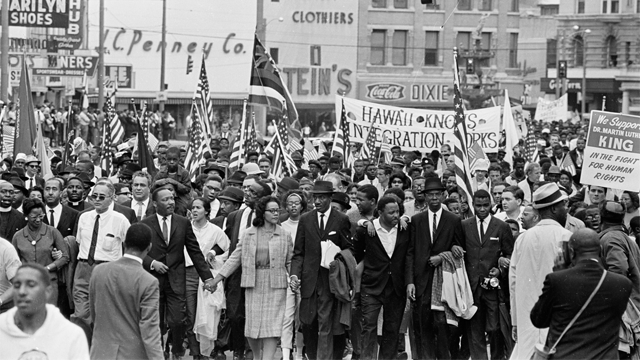
On August 28, 1963, over 250,000 people gathered at the Lincoln Memorial for the March on Washington for Jobs and Freedom. It was a historic event, uniting individuals from diverse backgrounds in a collective call for civil rights and economic justice. The atmosphere was electric with hope and determination as speakers took the stage to address the crowd. The march was not just a demonstration; it was a moment of solidarity, a declaration that the fight for equality could not be ignored.
John Lewis was tasked with delivering a speech that would encapsulate the frustrations and aspirations of a generation. As he stood before the throngs of people, he spoke passionately about the urgency of the moment. His words were a powerful indictment of systemic racism and economic inequality. He called for immediate action, urging the government to fulfill its promises of equality and justice. Lewis’s speech highlighted the struggles faced by African Americans and the need for comprehensive civil rights legislation.
However, the speech faced scrutiny from some civil rights leaders who felt it was too radical. In a compromise, parts of his original speech were altered, but Lewis remained steadfast in his message. His commitment to the cause shone through, and his speech became one of the defining moments of the day. The phrase “We want our freedom, and we want it now!” echoed in the hearts of many, serving as a rallying cry for the movement.
A Legacy of Courage
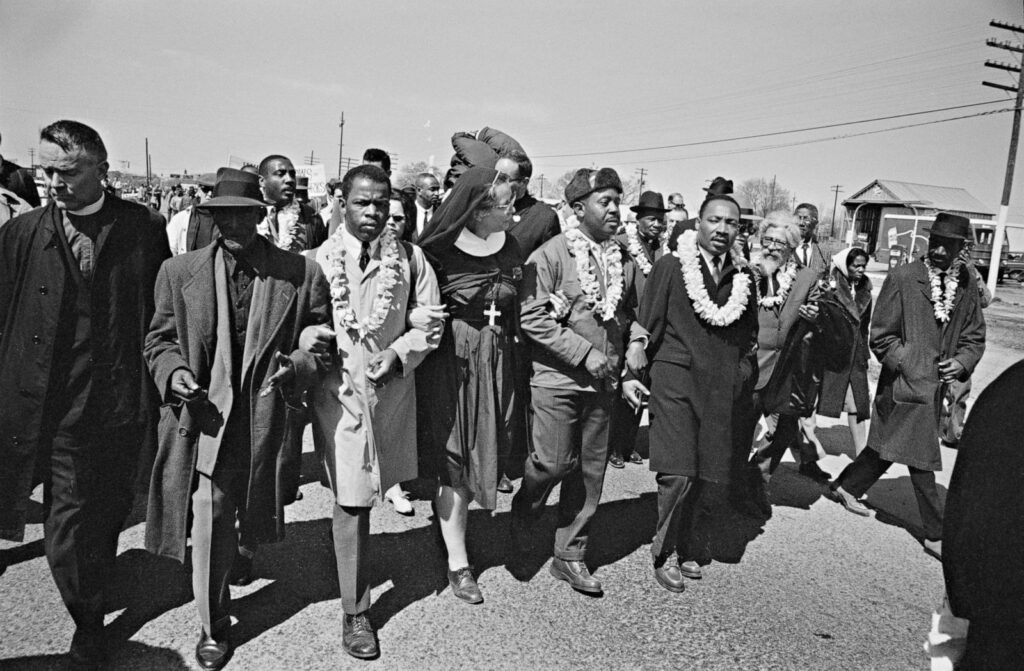
The March on Washington was a watershed moment in the civil rights movement, leading to significant legislative changes, including the Civil Rights Act of 1964 and the Voting Rights Act of 1965. Lewis’s bravery and dedication to nonviolence inspired countless others to join the fight for equality. His ability to articulate the struggles of his community resonated deeply, making him a symbol of hope and resilience.
Following the march, Lewis continued to advocate for civil rights, serving as the chairman of SNCC and participating in pivotal events such as the Selma to Montgomery marches. On March 7, 1965, known as “Bloody Sunday,” Lewis and other activists faced brutal violence from law enforcement as they attempted to cross the Edmund Pettus Bridge in Selma, Alabama. The images of their struggle galvanized public support for the civil rights movement, leading to the passage of the Voting Rights Act.
Bloody Sunday was a turning point, illustrating the lengths to which activists would go to secure their rights. Lewis sustained a skull fracture during the brutal attack, yet he remained resolute. His courage in the face of violence further solidified his status as a leader in the movement. The televised images of the violence shocked the nation, prompting widespread outrage and calls for change.
The Road Ahead: Challenges and Triumphs

Throughout the late 1960s and 1970s, Lewis faced numerous challenges, both personally and politically. Despite the victories achieved, the struggle for civil rights was far from over. He remained committed to the cause, working tirelessly to address issues such as poverty, education, and healthcare disparities in marginalized communities. Lewis understood that civil rights encompassed more than just the fight against segregation; it involved a broader struggle for economic and social justice.
In 1986, Lewis was elected to the U.S. House of Representatives, where he continued to advocate for civil rights and social justice for over three decades. His work in Congress focused on issues such as healthcare, education, and voting rights, reflecting his lifelong commitment to the principles of equality and justice. He became a senior member of the House and was known for his dedication to bipartisan cooperation, often reaching across the aisle to build coalitions for important legislation.
Lewis’s tenure in Congress was marked by his tireless advocacy for voting rights, particularly in the wake of the Supreme Court’s decision in Shelby County v. Holder (2013), which effectively weakened the Voting Rights Act. He remained vocal about the need to restore protections for voters, drawing on his own experiences to highlight the ongoing struggles faced by marginalized communities.
A Voice for the Future
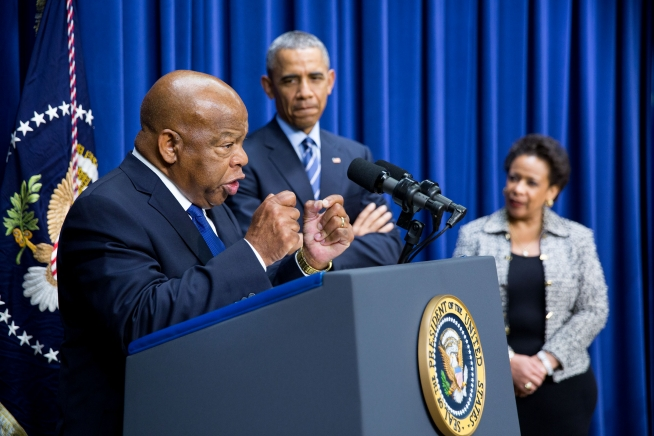
John Lewis’s legacy extends beyond his time in the civil rights movement. He became a symbol of hope and perseverance, inspiring generations of activists to continue the fight for justice. His mantra, “Good trouble, necessary trouble,” encouraged individuals to take action against injustice, no matter the cost. This philosophy resonated deeply, reminding people that standing up for what is right often requires sacrifice.
In his later years, Lewis reflected on the progress made and the work still ahead. He believed in the power of young people to effect change, urging them to remain engaged and active in the democratic process. His commitment to nonviolence and justice served as a guiding light for those seeking to create a better future. Lewis often visited schools and universities, sharing his story and encouraging students to become involved in their communities.
As the nation grappled with issues of racial inequality and social justice, Lewis remained a steadfast advocate for change. His voice was often heard in the halls of Congress, championing policies that aimed to address systemic racism and promote equity. Lewis understood that the fight for civil rights was ongoing, and he dedicated his life to ensuring that future generations would not have to face the same struggles he endured.
The Enduring Impact
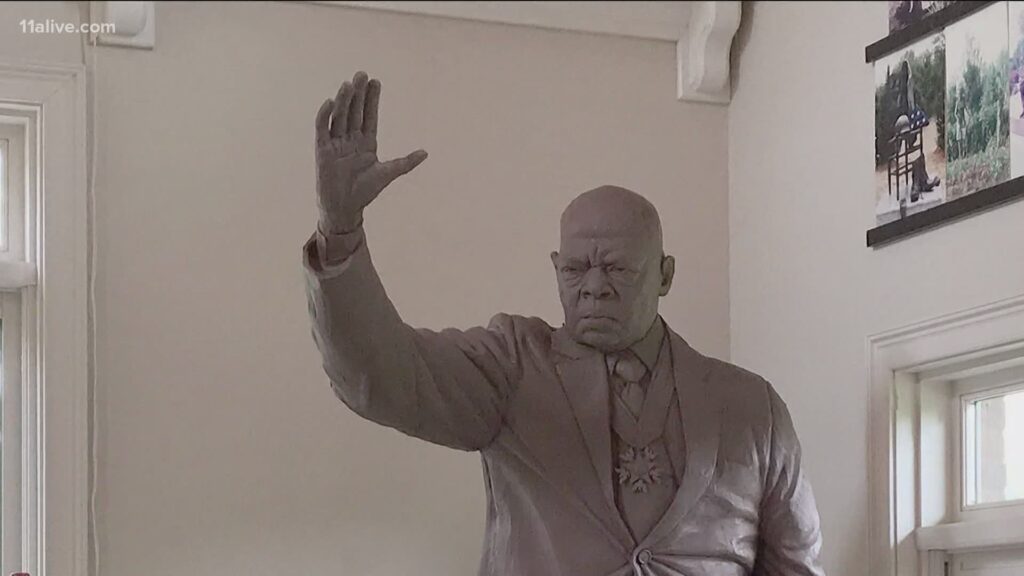
John Lewis passed away on July 17, 2020, leaving behind a profound legacy of courage and resilience. His life story is a testament to the power of activism and the importance of standing up for what is right. The March on Washington for Jobs and Freedom, where he delivered that iconic speech, remains a pivotal moment in American history a reminder of the ongoing struggle for equality and justice.
In a world still grappling with issues of racial inequality and social justice, the lessons learned from John Lewis’s life remind us that we all have a role to play in shaping a brighter future. His story inspires us to continue the work of building a more just and equitable society, ensuring that the echoes of his voice resonate for generations to come.
As we reflect on the journey of John Lewis, we are reminded that the fight for civil rights is not just a chapter in history; it is an ongoing narrative that requires our collective commitment. The call to action remains clear: we must engage, we must advocate, and we must never shy away from “good trouble.”


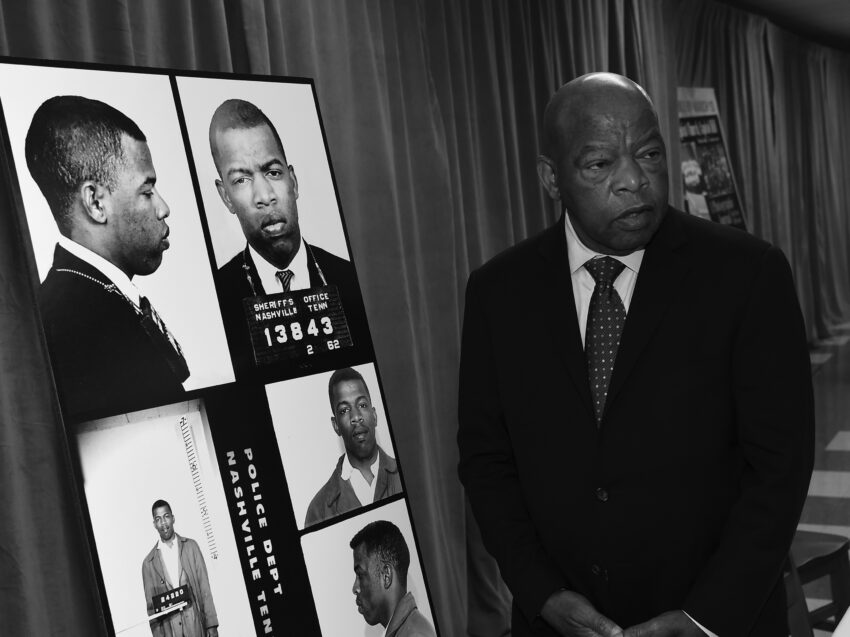
1 thought on “THE STORY OF JOHN LEWIS AND THE MARCH ON WASHINGTON: THE FORGOTTEN HERO”